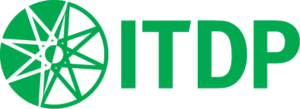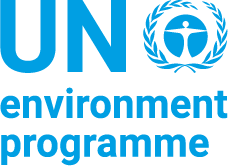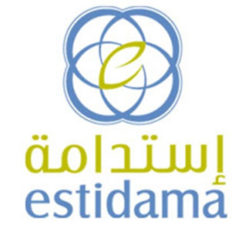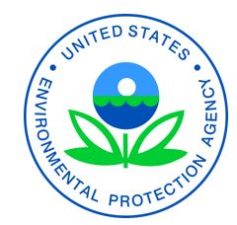
These Guidelines support the construction of pedestrian and cycling infrastructure in African cities that ensures safety, accessibility and comfort for users. Many cities across the continent of Africa have a large percentage of walking and cycling as a mode share for trips. While walking and cycling is often fundamental in African cities, they often lack the infrastructure and design to make that safe and comfortable.
Lifecycle Phase(s): Project PlanningGeneral strategy for a project’s delivery is developed., Concept DesignTechnical experts broadly outline the project’s basic characteristics., Detailed DesignTechnical experts further elaborate the Concept Design.
Type(s) of Tool: GuidelinesOperationalize sustainability principles, less specific than Benchmarks or Rating Systems.









